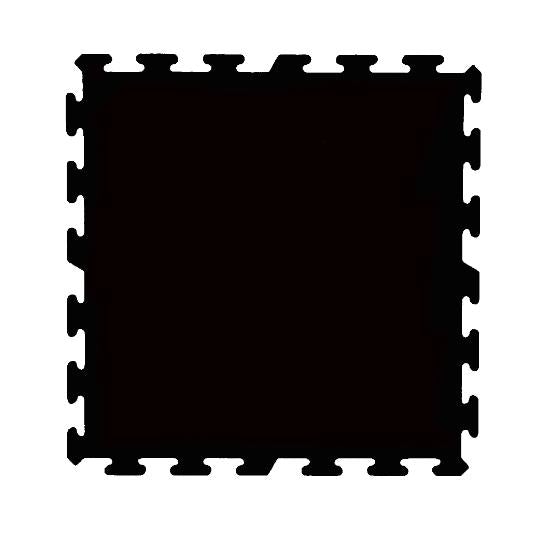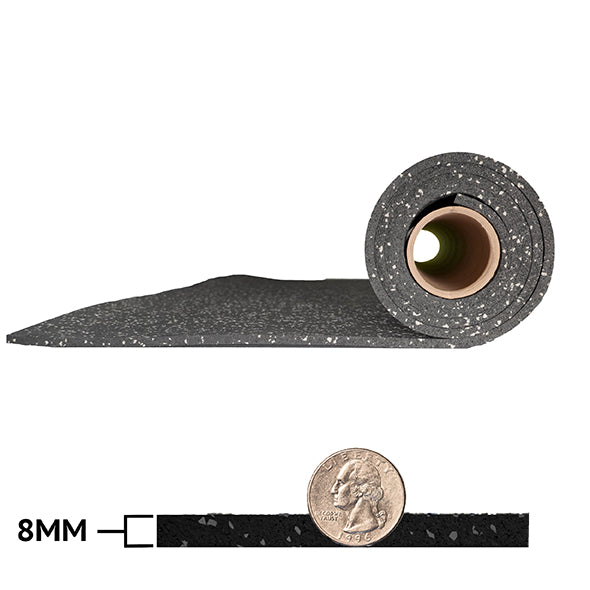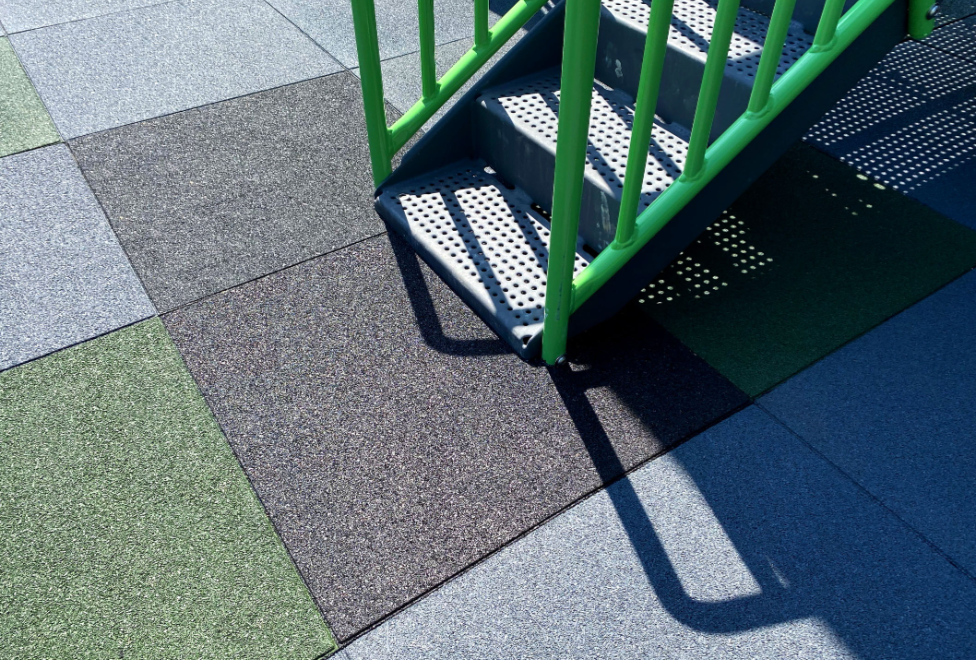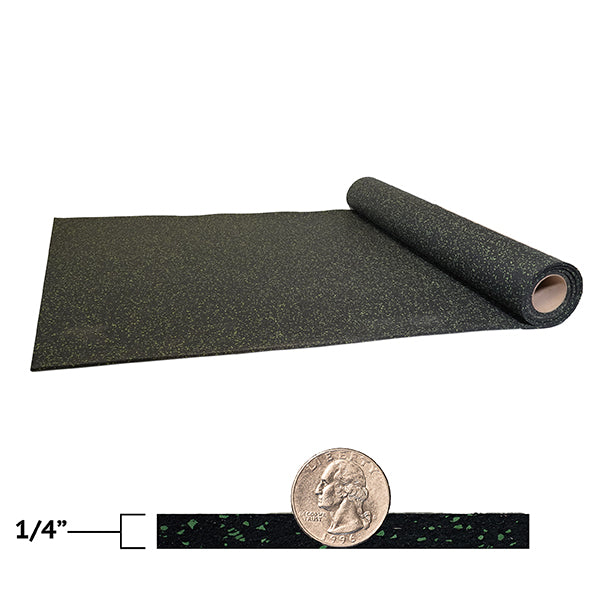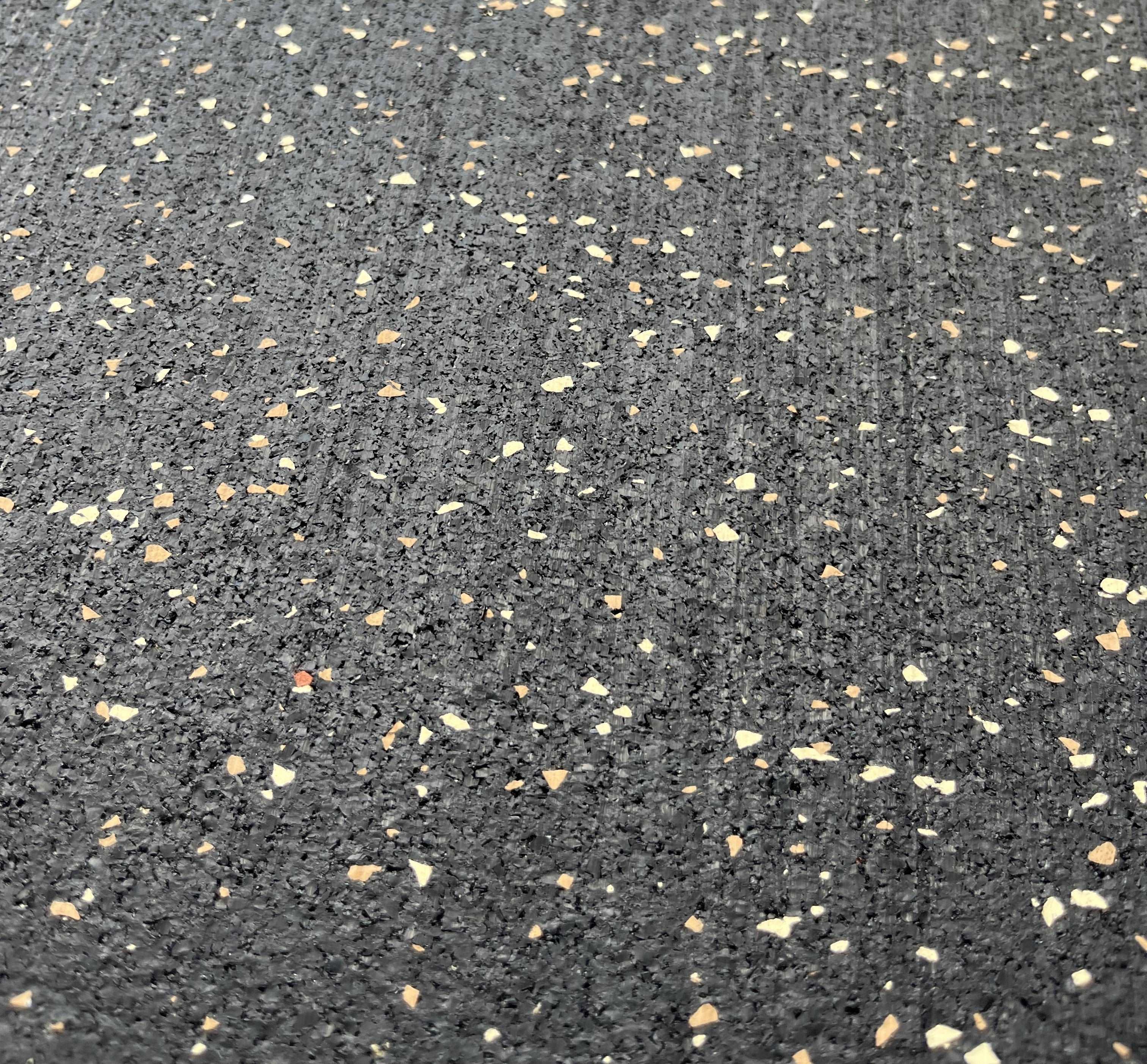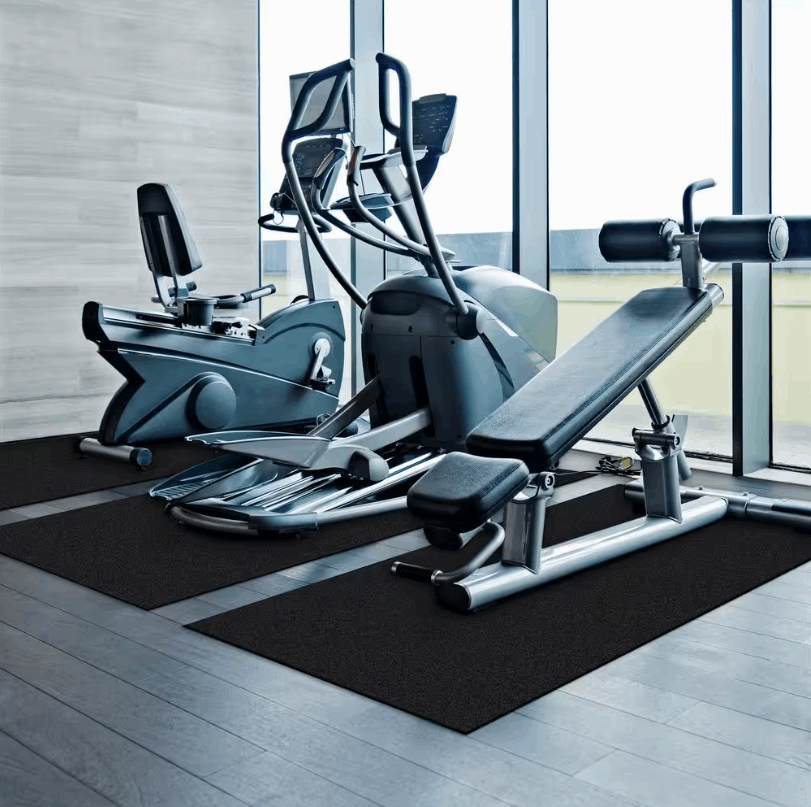Installation Accessories
Product Details
If you're looking for multiple horse mats that look good and offer protection to any stable floor and animals, look no further. These Horse Stall Mats are made, and designed to make clean-up a breeze, and prevent washout. Saving time and money. At the same time adding support and reducing unneeded stress on the animals.
Rubber Mats are great to use in:
- Horse Stalls
- Barns
- Around feeders
Tech Specs:
- Thickness:3/4"
- Weight:96 lbs - 160 lbs
- Sizes:4'x6', 4'x8', and 4'x 10'
- Lead Times:Orders ship out in ~ 1 week or less. Orders over 2000 sqft may take a little longer.
- Origin: Made in the USA, By USA Employees.
- Disclaimer:Actual color may vary slightly from on-screen representation and samples. Standard Mats have a potential variance in length of +/- 1" and width of -0" + 3/4". PrecisionCut Mats are recommended for multi-mat installs.
Maintenance
One of the best things about using recycled rubber is that maintenance is extremely easy! Simply sweep or vacuum any loose dirt off rubber stall mats and the occasional damp mopping with a mild cleaning solvent is all you would need. Do not use any oil base solvents or cleaners.
Best Sellers
Featured Deals
FAQ's
Rubber flooring is known for its durability, making it a popular choice for a variety of commercial and residential applications. The durability of rubber flooring can vary depending on several factors such as the quality of the rubber, the thickness of the material, and the type of environment it is installed in. Generally speaking, rubber flooring is highly durable and can withstand heavy foot traffic, abrasions, impacts, and moisture. It is also resistant to stains, chemicals, and UV rays, which can help prolong its lifespan. Additionally, rubber flooring can provide a slip-resistant surface, making it a safe choice for areas that are prone to slips and falls. Overall, the durability of rubber flooring makes it a reliable and long-lasting choice for many applications, including home gyms, playgrounds, and commercial kitchens. However, it's important to note that proper installation and regular maintenance can also play a role in ensuring the longevity of the flooring.
The cost of rubber flooring can vary depending on several factors such as the quality of the material, thickness, color, texture, and the size of the area to be covered. On average, the cost of rubber flooring can range from $1 to $15 per square foot. Basic black rubber tiles or rolls can be on the lower end of the price range, while higher-end options such as colorful or textured rubber flooring can be more expensive. In addition to the material cost, installation, and labor costs can also add to the total cost of rubber flooring. DIY installation is possible for some types of rubber flooring, but for larger installations or complex layouts, professional installation is recommended. Overall, the cost of rubber flooring can be higher than other flooring options such as carpet or vinyl, but its durability and long lifespan can make it a cost-effective choice in the long run, especially for high-traffic areas. It's important to consider all the factors and options before making a decision on which type of rubber flooring to purchase.
Yes, rubber gym flooring is generally water-resistant or waterproof, depending on the type of rubber flooring used. Most rubber gym flooring is made from a non-porous material, which means that it is highly resistant to water and moisture. This is especially important in a gym setting, where there may be a lot of sweat, spilled water, or other liquids. The water-resistant nature of rubber gym flooring helps prevent water from seeping into the subfloor or causing damage to the flooring itself. However, it's important to note that while rubber gym flooring is water-resistant, it is not completely waterproof. In the event of a flood or large spill, water can still penetrate the flooring and cause damage to the subfloor or the flooring itself. Therefore, it's important to clean up any spills or excess water as soon as possible and ensure that the flooring is properly installed to minimize the risk of water damage.
Rubber flooring is a versatile and durable flooring option that can be used in a variety of settings. Some common places where rubber flooring can be used include:
- Gyms and fitness centers: Rubber flooring is a popular choice for gym and fitness center flooring due to its durability, slip-resistance, and ability to absorb shock.
- Playgrounds: Rubber flooring can be used as a safe surface material for playgrounds, providing a cushioned surface for children to play on and reducing the risk of injuries from falls.
- Kitchens and food prep areas: Rubber flooring is a popular choice for commercial kitchens due to its slip-resistant properties and resistance to grease and oil.
- Industrial settings: Rubber flooring is a popular choice for industrial settings due to its durability and resistance to chemicals and heavy equipment.
- Retail spaces: Rubber flooring can be used in retail spaces to provide a durable and slip-resistant surface that can handle high foot traffic.
- Animal care facilities: Rubber flooring is often used in animal care facilities such as veterinary clinics and as a stall mat for horses due to its durability and easy-to-clean properties.
Overall, rubber flooring can be used in a wide variety of settings where durability, slip resistance, and easy maintenance are important considerations. Plus, the install often only requires a utility knife and some glue.
Rubber flooring can be considered environmentally friendly depending on the type of rubber used, its manufacturing process, and the end-of-life options for the material. Recycled rubber flooring, which is made from recycled rubber tires, is generally considered an environmentally friendly option. This is because it diverts rubber waste from landfills and reduces the need for virgin materials to be used in manufacturing. Additionally, recycled rubber flooring is durable and long-lasting, which reduces the need for frequent replacements and reduces overall waste. However, it's important to note that not all rubber flooring is made from recycled materials. Some rubber flooring is made from virgin rubber, which can have a larger environmental footprint due to the energy and resources required to produce it. In addition to the manufacturing process, the end-of-life options for rubber flooring can also impact its environmental friendliness. Some rubber flooring can be recycled at the end of its life, while others may need to be disposed of in a landfill. Proper disposal and recycling options can help reduce the environmental impact of rubber flooring. Overall, when considering the environmental friendliness of rubber flooring, it's important to consider the type of rubber used, its manufacturing process, and end-of-life options. Recycled rubber flooring and proper disposal and recycling options can help make rubber flooring an environmentally friendly option.
Yes, rubber stall mats are commonly used and considered beneficial for horses in stable environments. Here are some reasons why these straight edge or interlocking mats are often recommended:
- Comfort and Support: Rubber mats provide ideal sizes and thicknesses, creating a comfortable and supportive surface for horses to stand on. This is especially important for horses that spend a significant amount of time in stalls. They need a comfortable place to stand.
- Insulation: Rubber mats provide insulation against cold or damp floors, helping to keep the horse warmer and more comfortable, especially in colder climates.
- Joint Health: The cushioning effect of rubber can reduce the impact on a horse's joints, which is beneficial for overall joint health.
- Hygiene: Rubber is easy to clean and maintain. They create a smooth, non-porous surface that is resistant to moisture, making it easier to remove waste and keep the stall clean.
- Traction: Rubber provides good traction, reducing the likelihood of slips and falls. This is particularly important for the safety of both the horse and handlers.
- Durability: These mats are durable and can withstand the wear and tear associated with daily use in a horse stall
- Prevention of Bedding Absorption: Rubber creates a barrier that prevents bedding materials, such as straw or shavings, from being absorbed into the ground. This makes cleaning stalls more efficient and helps in managing bedding costs.
- Prevention of Hoof Problems: Standing on hard surfaces for extended periods can contribute to hoof problems. Rubber mats provide a more forgiving surface, which can help reduce the risk of hoof-related issues.
When using rubber stall material, it's essential to ensure they are properly installed and secured to prevent any tripping hazards. Additionally, regular cleaning and maintenance are necessary to uphold hygiene standards and maximize the benefits for the horse.











